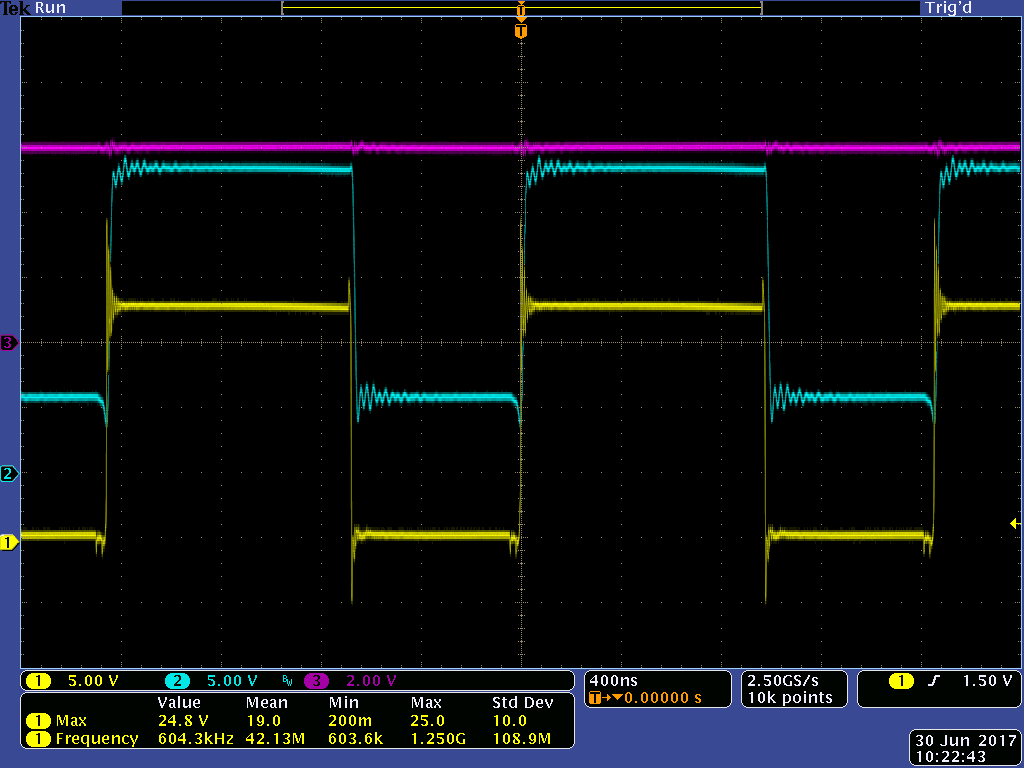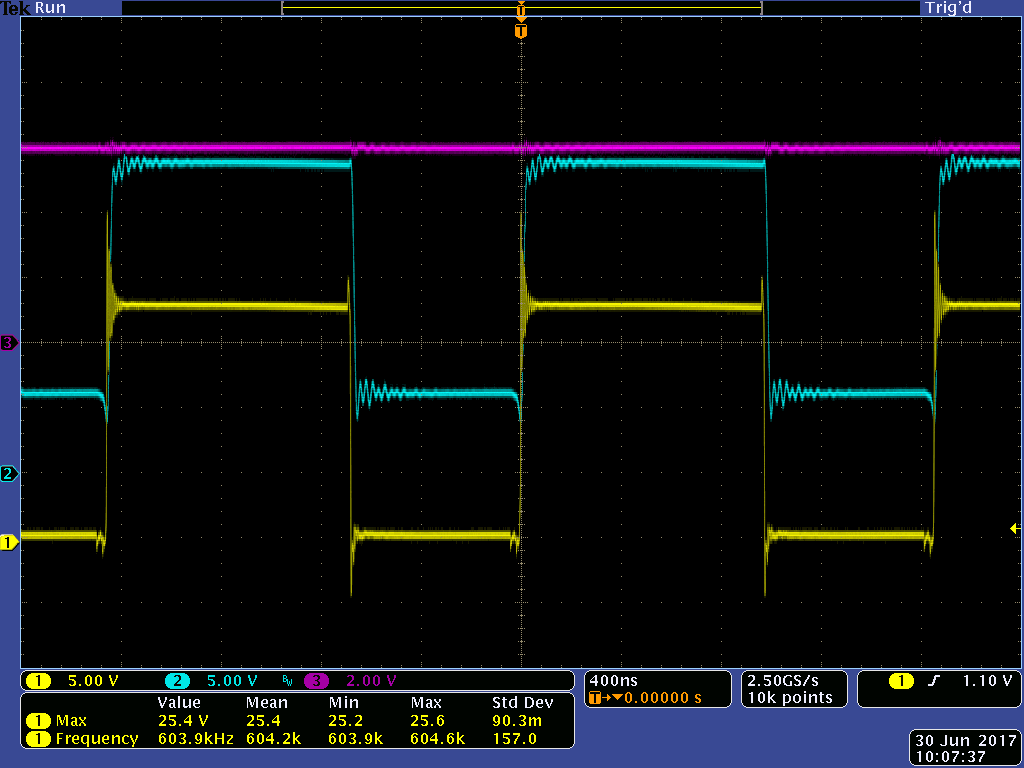Hello Sir,
Our customer met IC damage issue on Pin20(PH) & Pin22(BTST) short together, and we reviewed their schematic then found they used boostrap dioe is general diode not schottky diode, so we recommend to change it and test again.
The result seens good to solve this damage issue, but we have to explain why using general diode will let IC damage on Pin20 & Pin22 shorted?
Could you please help to provide this explanation?
Thanks
Regards,
Ken Yang



